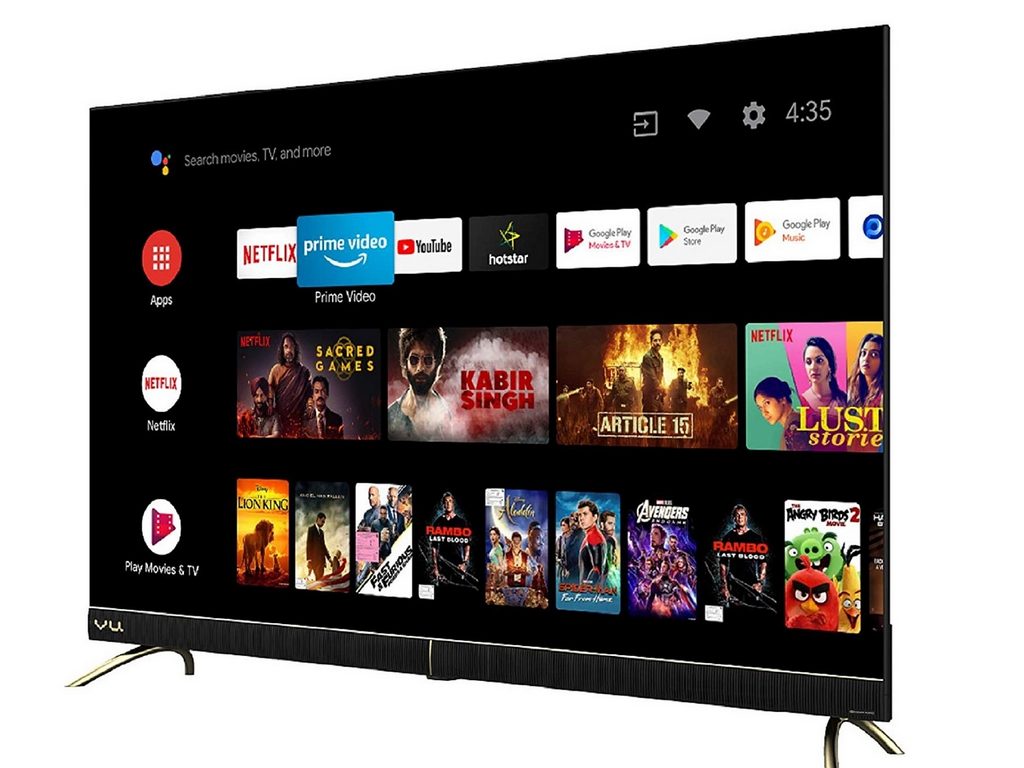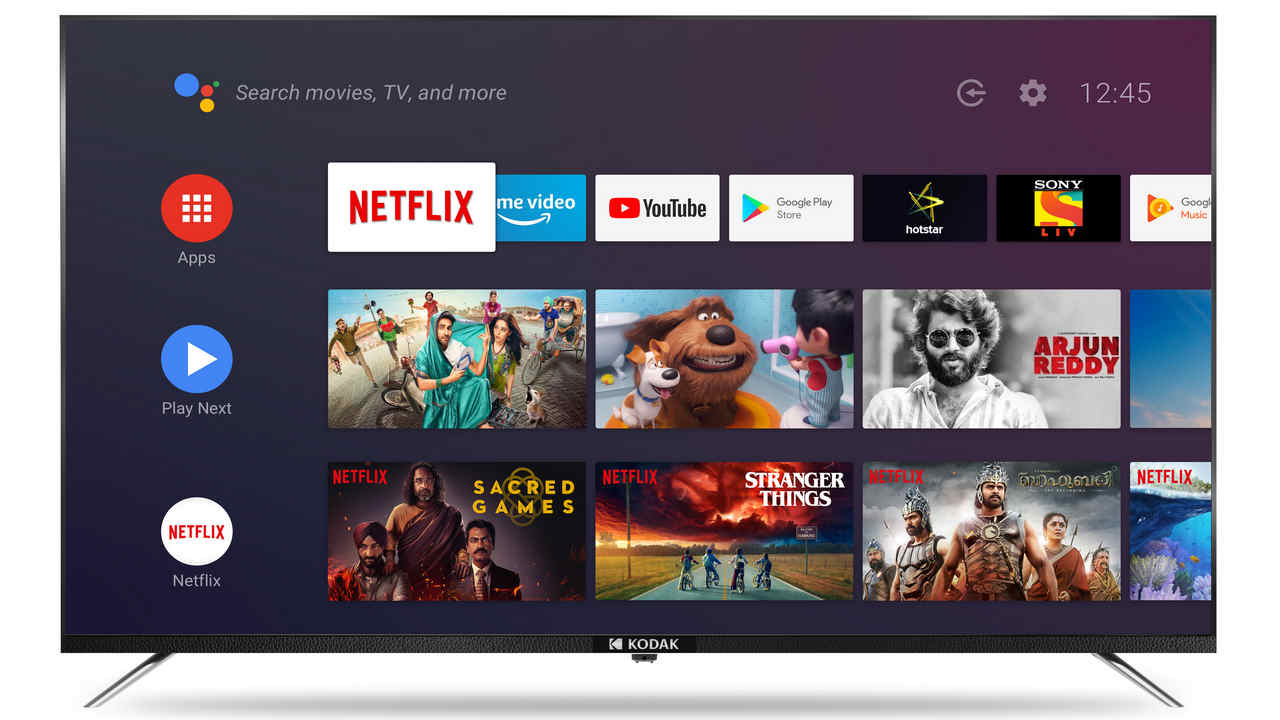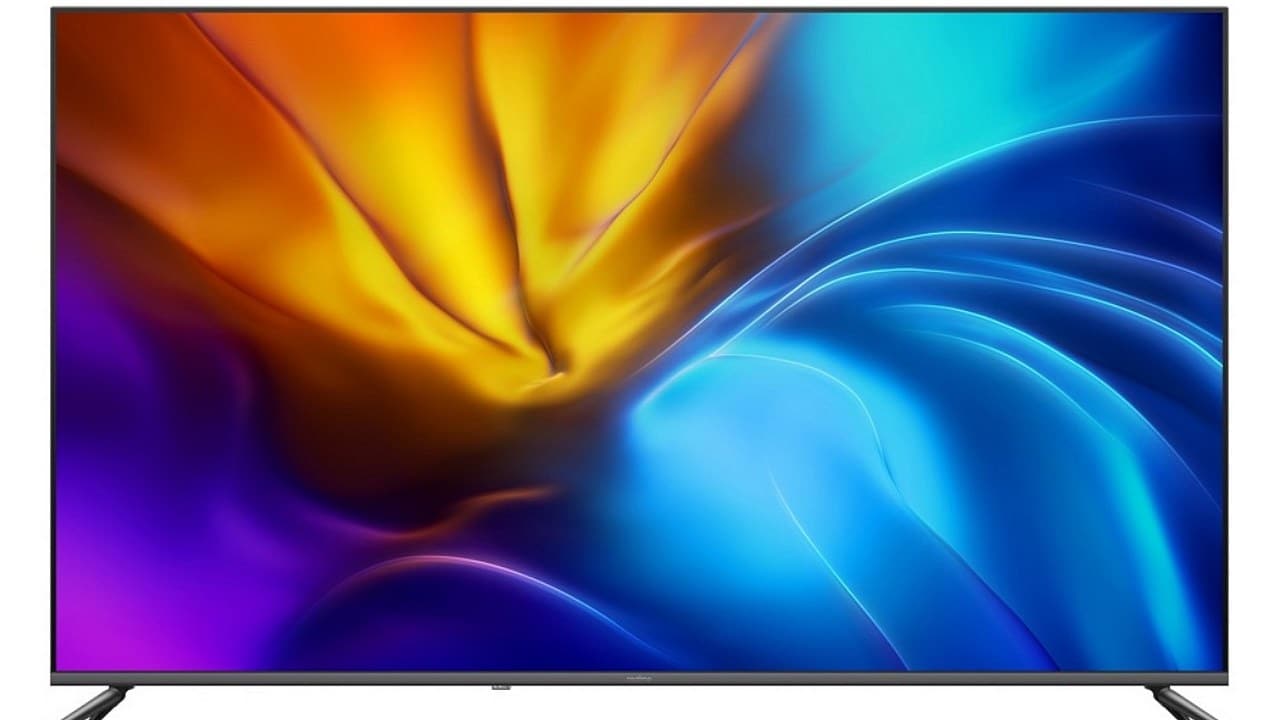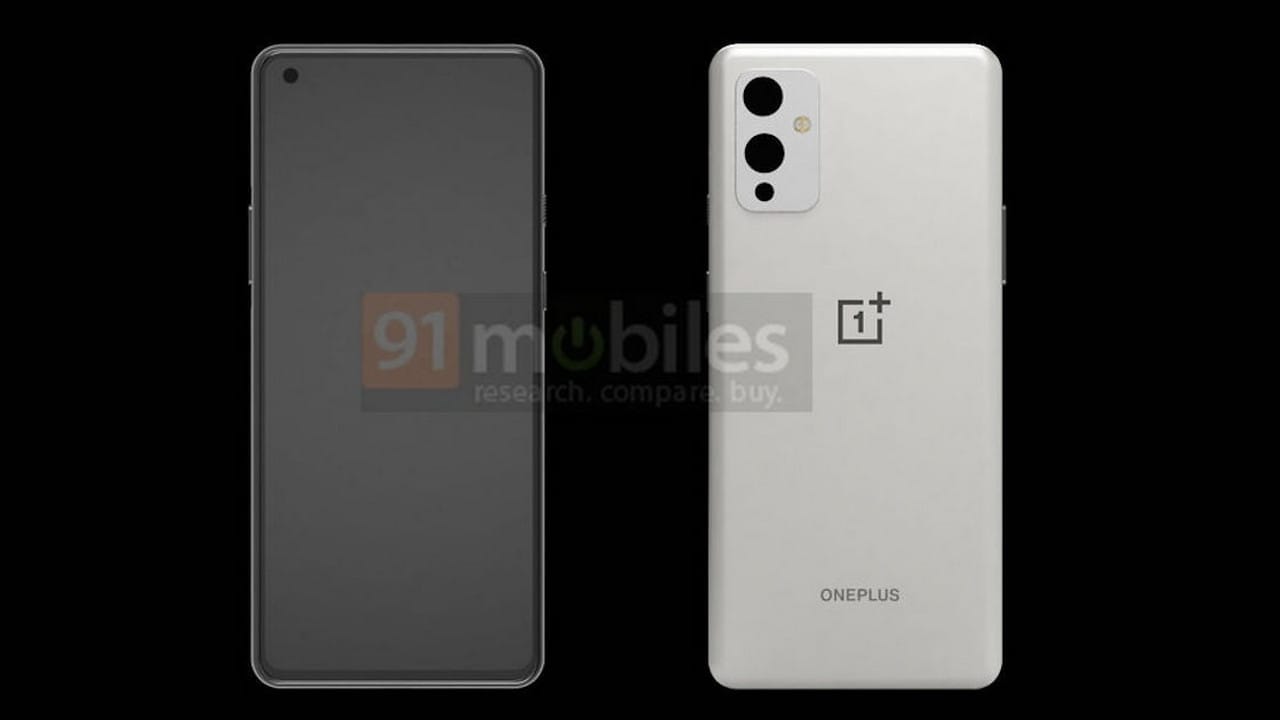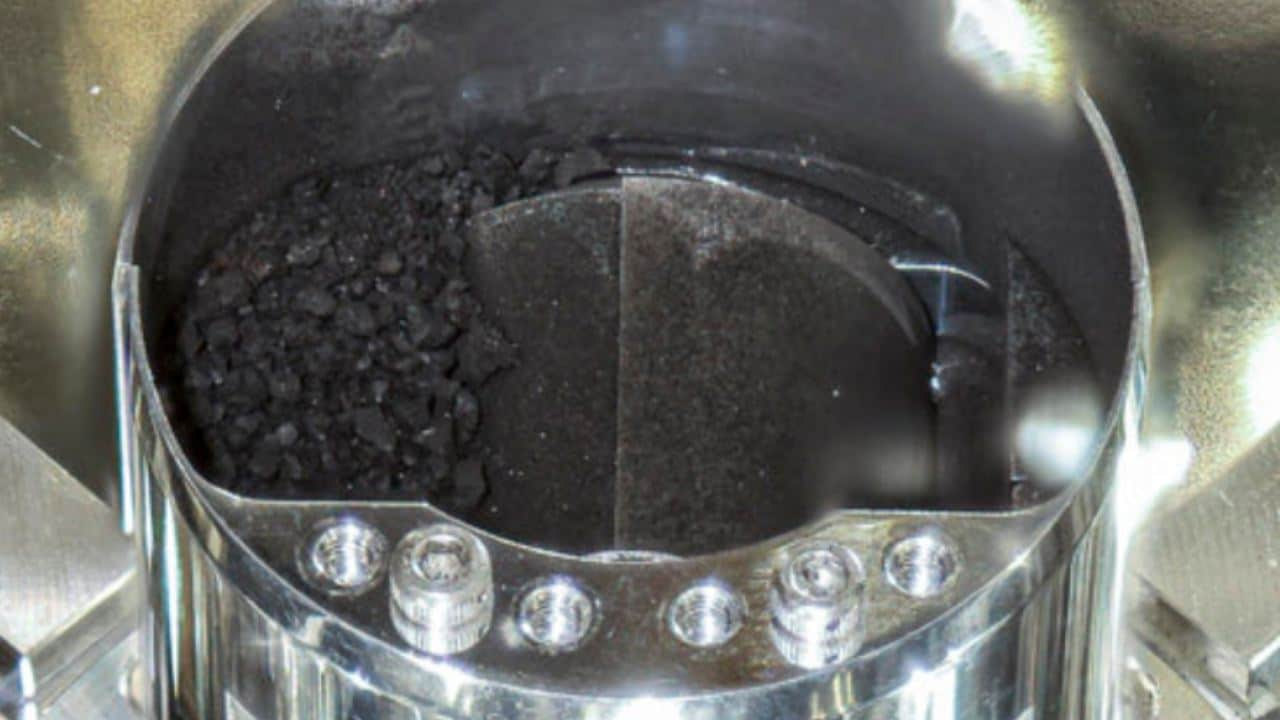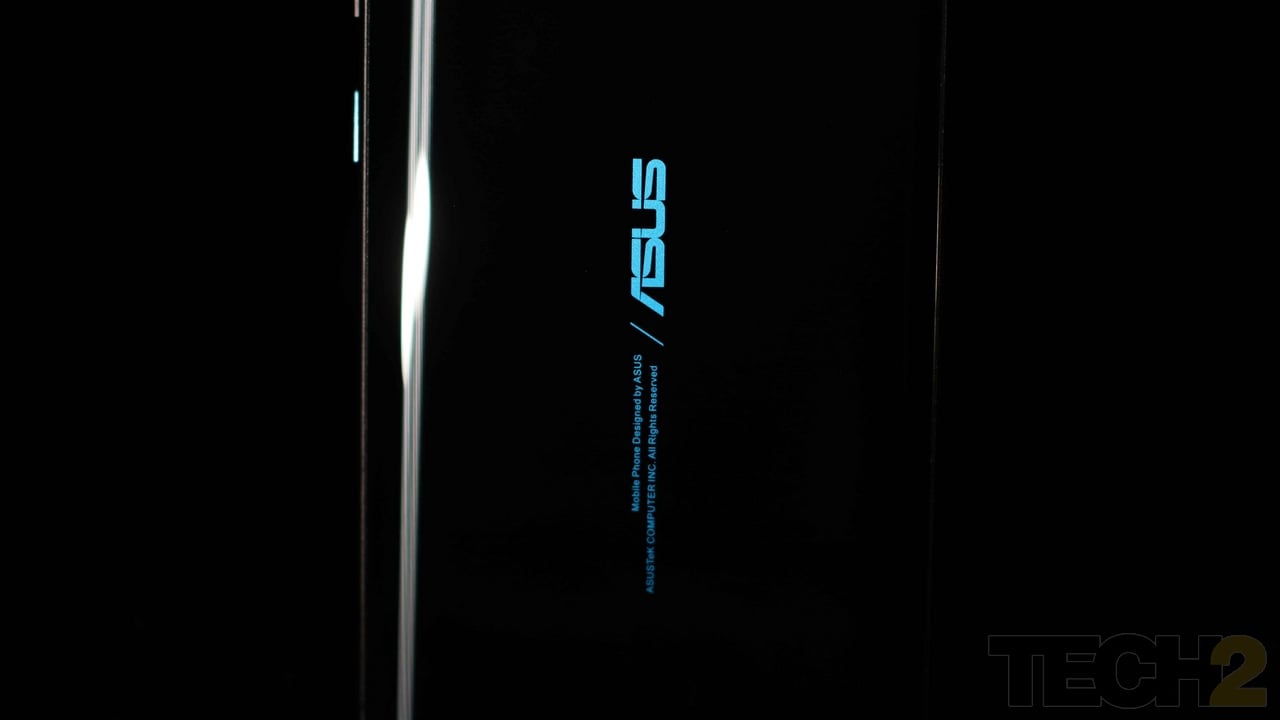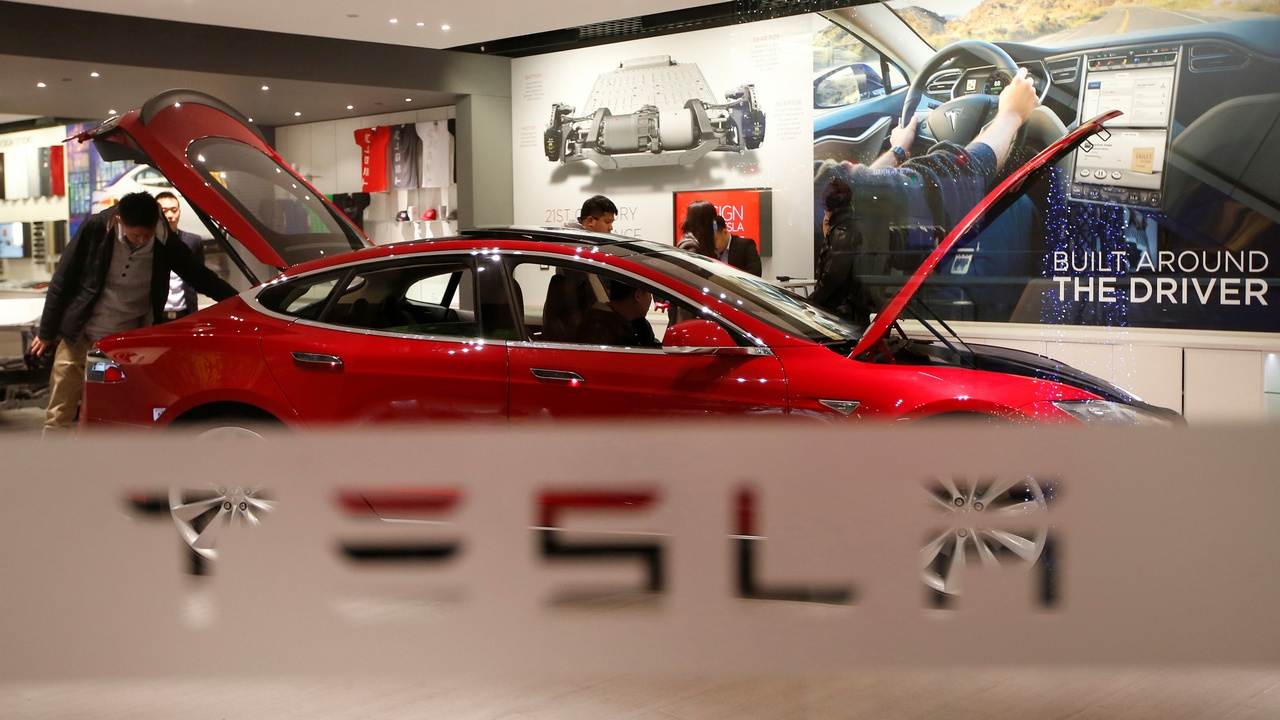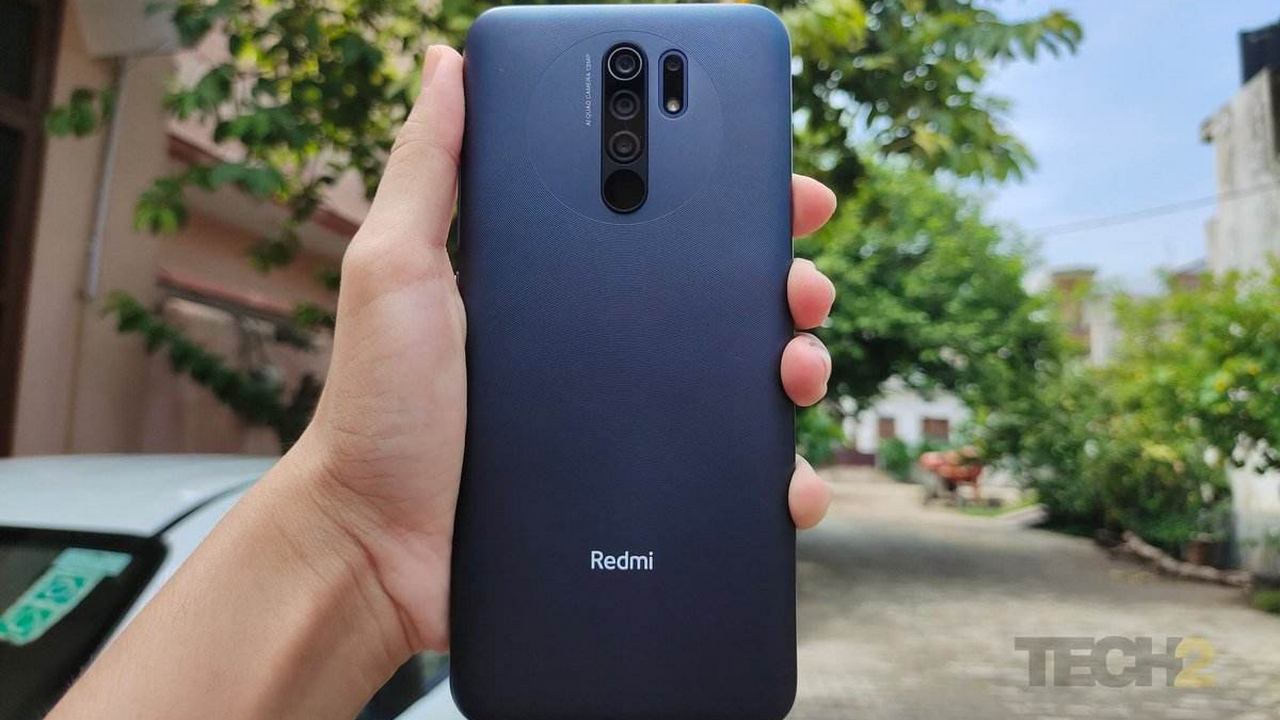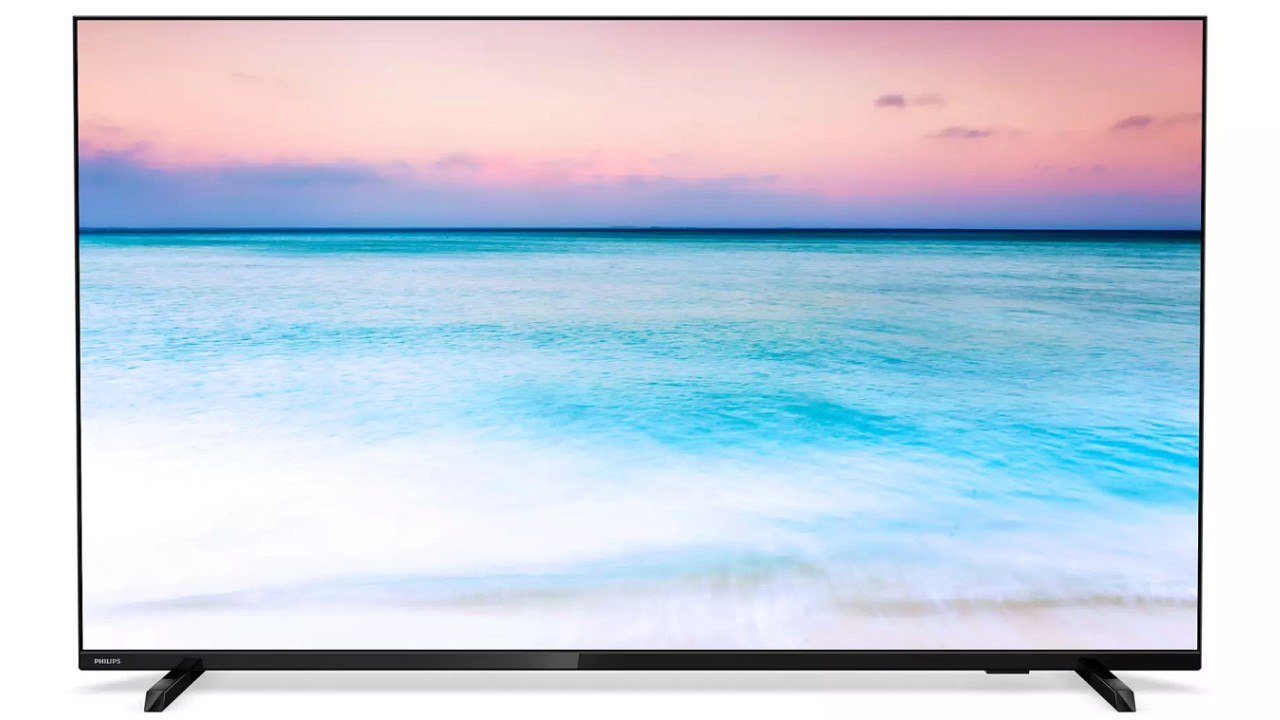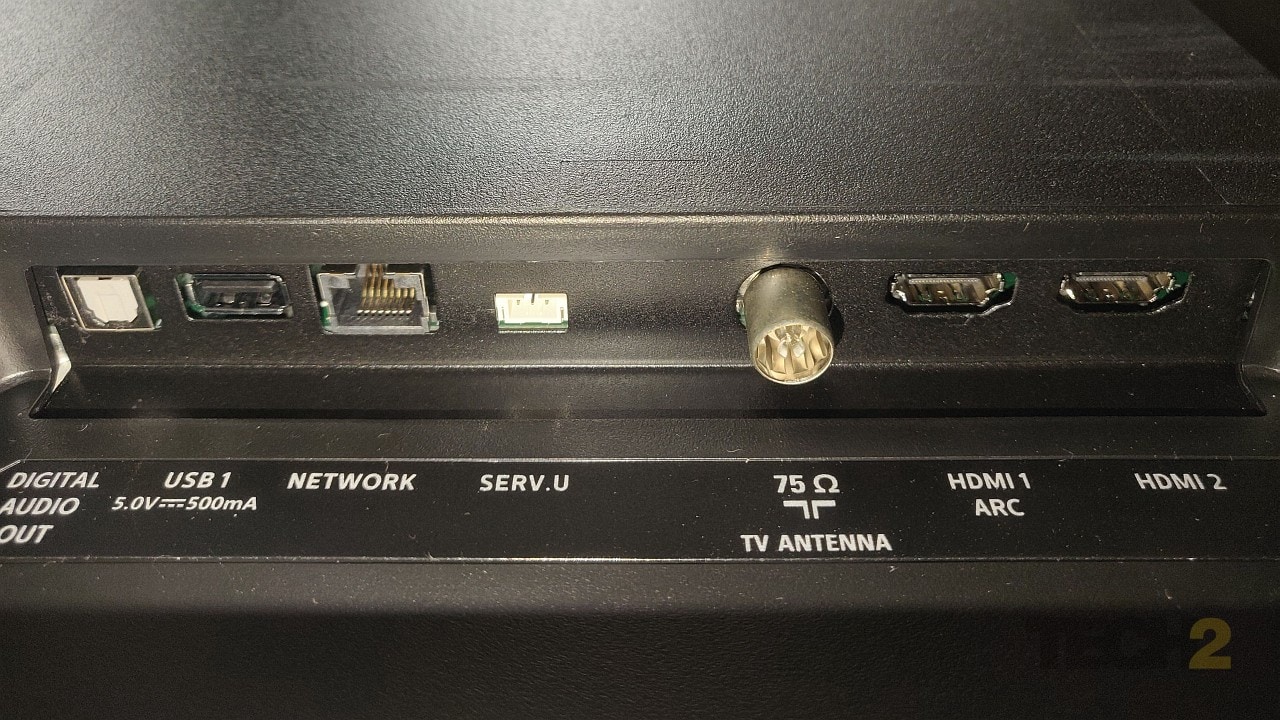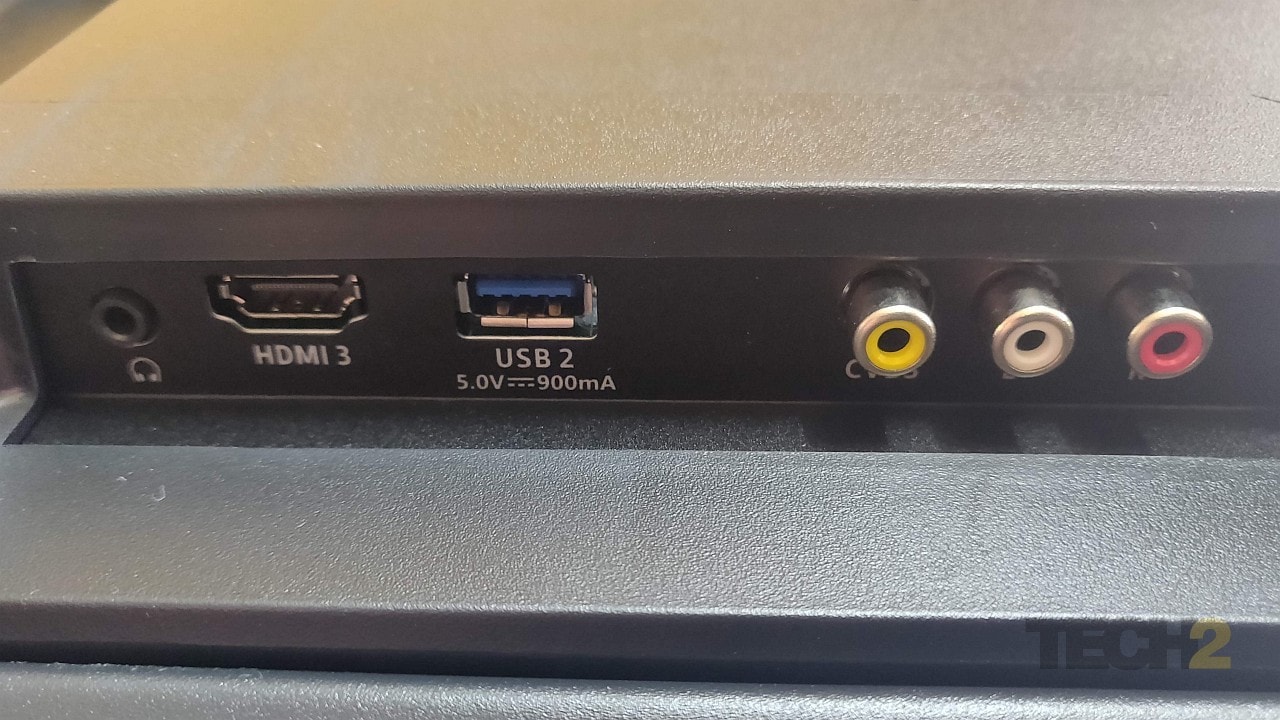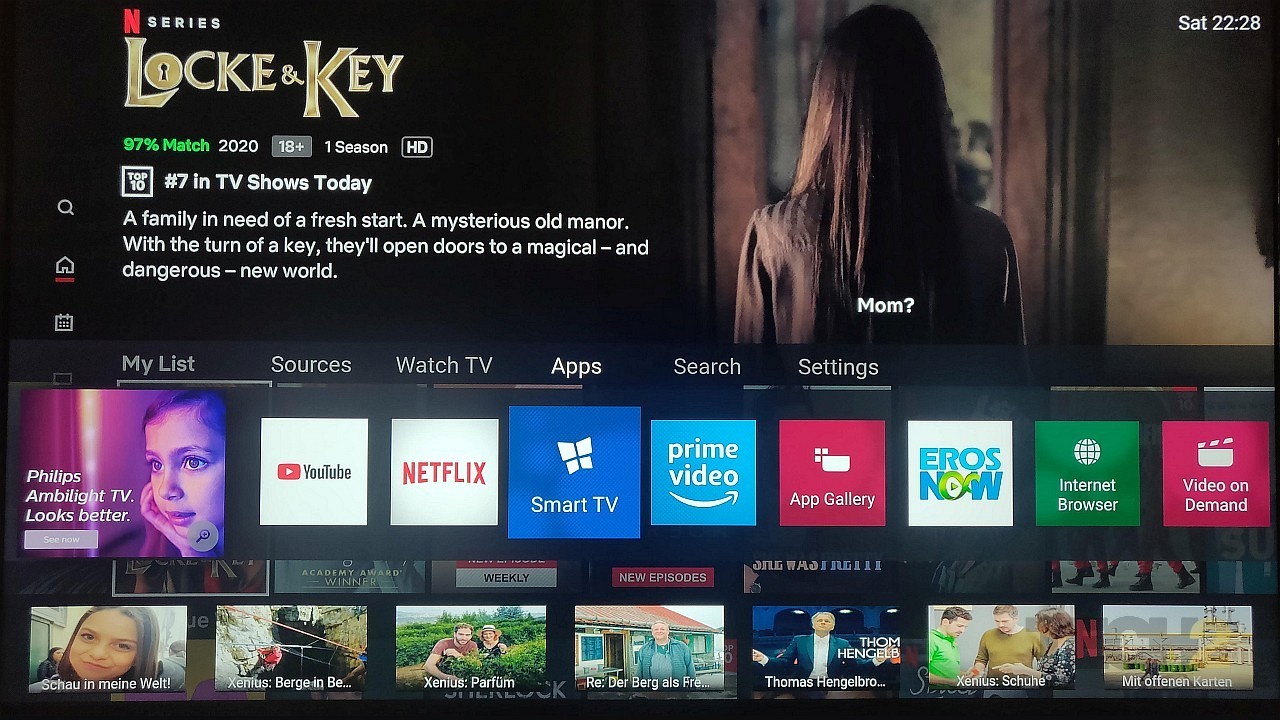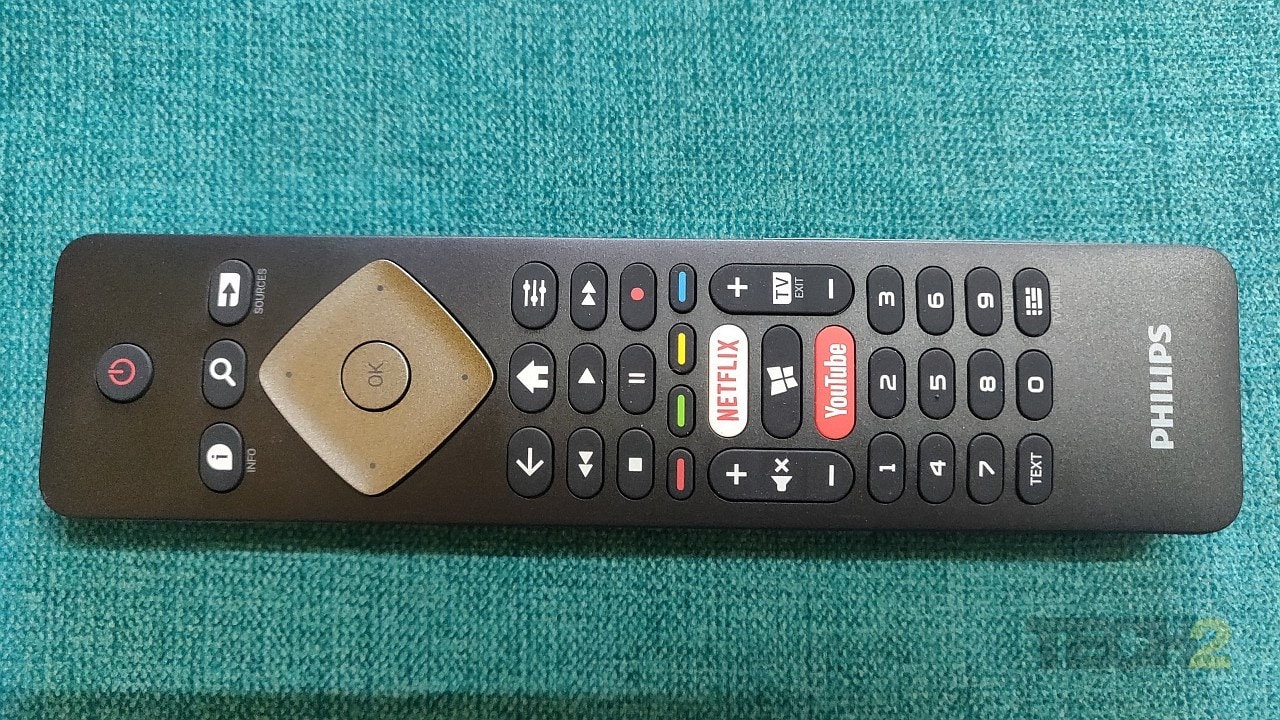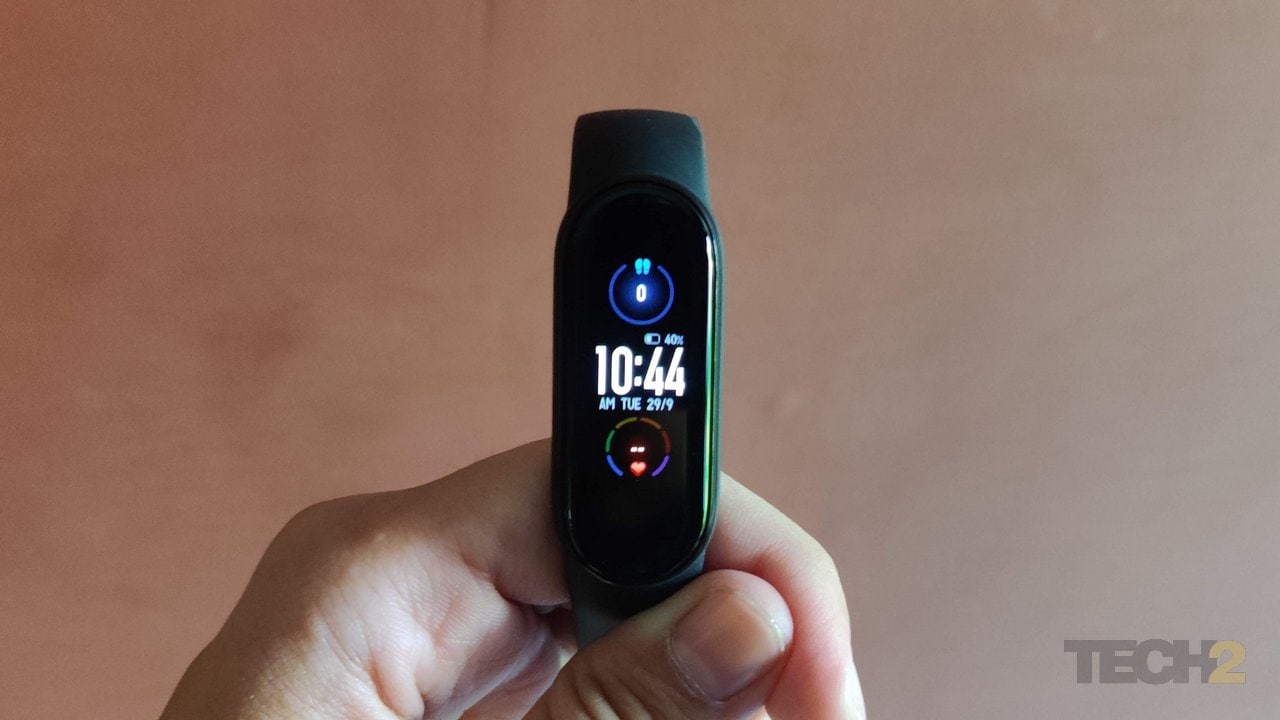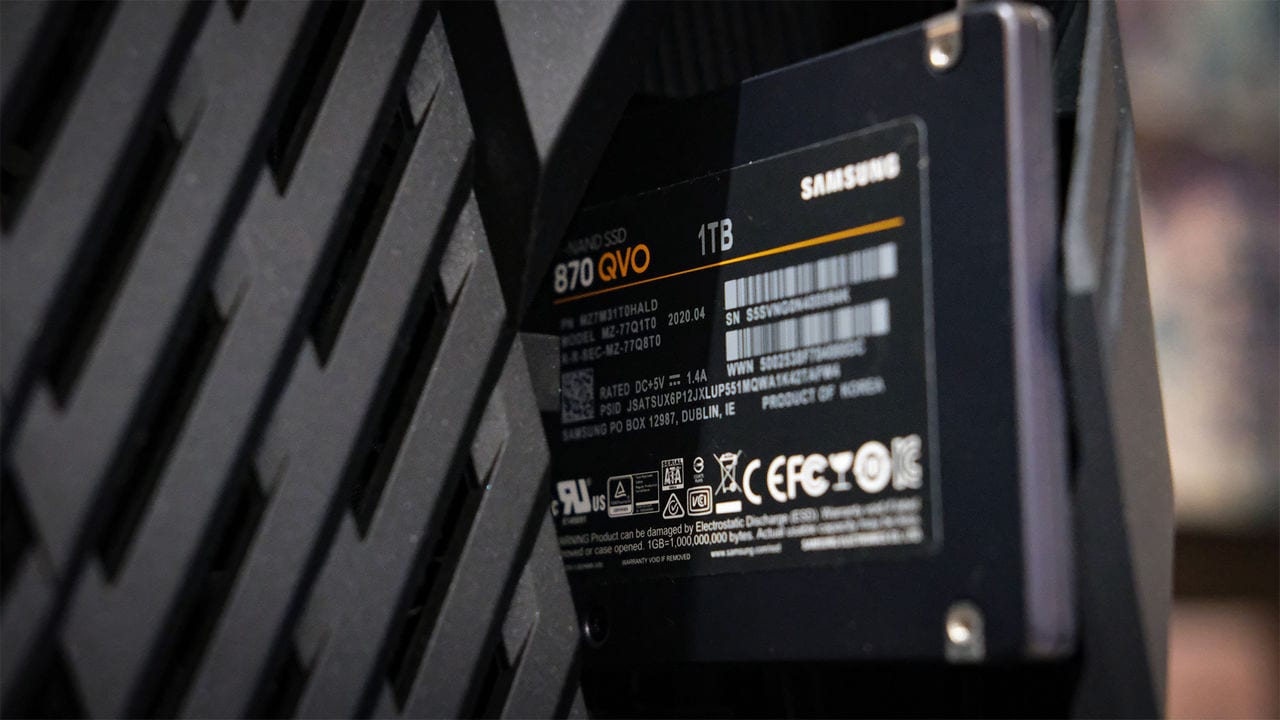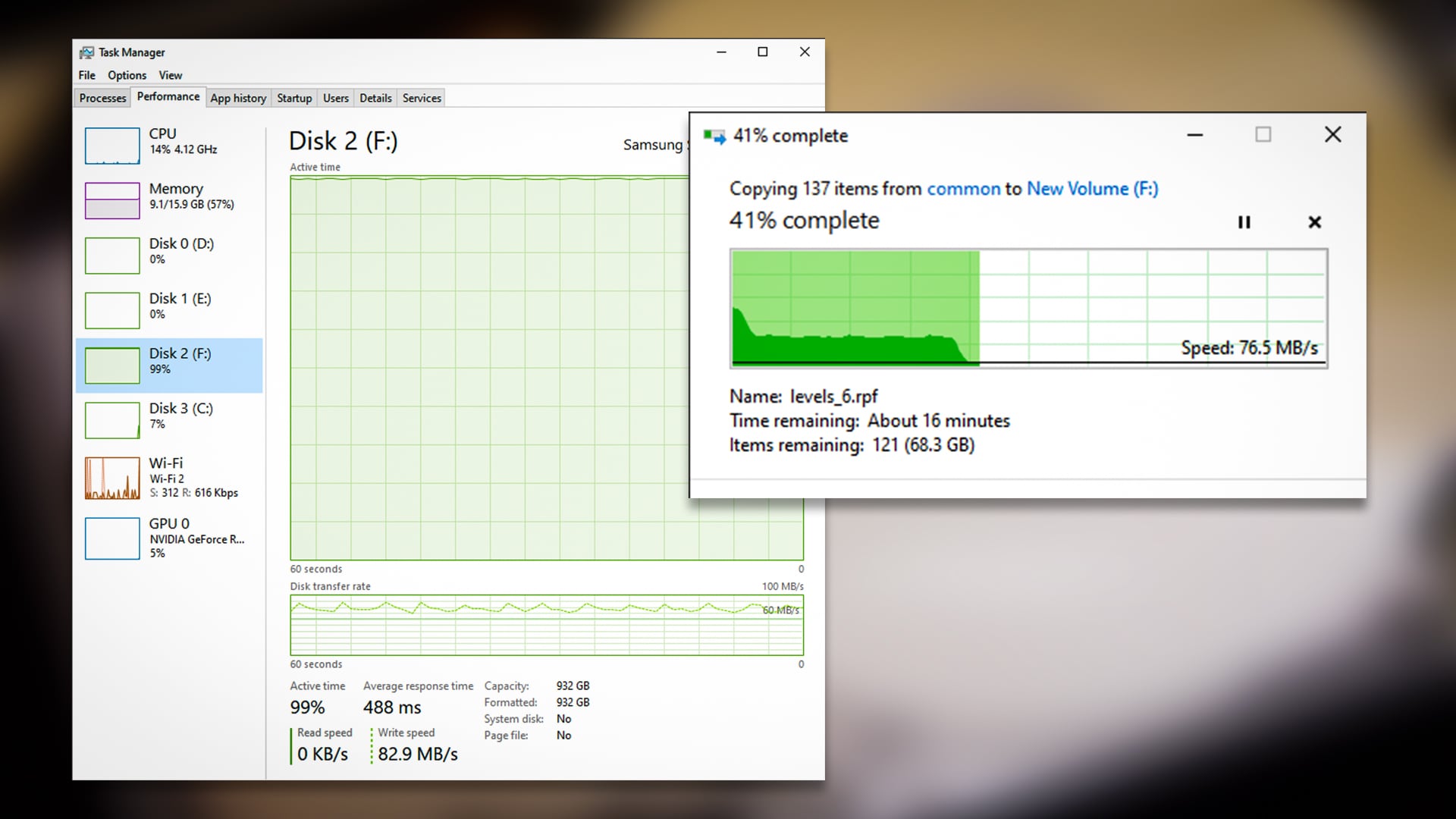Lockdown Legends Part 5: Tech that got me through the lockdown feat. Sony, SoundMAGIC, Xbox, Samsung, Google
Sheldon PintoJan 01, 2021 09:35:39 IST
Editor’s Note: This story is part of a series about tech gadgets and devices that helped Team tech2 and some of our friends through the pandemic, lockdown, and the year 2020, in general.
If there’s one thing that the lockdown has taught us, it is that we need technology more than we ever thought we would. In 2020, every spare gadget in my house served a purpose, whether it was my raggedy old Motorola Moto G (2012) with a broken camera (that served as a media player for my nephew), or something like a simple Bluetooth speaker that was great for family video calls and Zoom birthday celebrations.

Can sniff pork vindaloo from a mile away
However, technology not only helped with entertainment and work, but also served as a tool to help us overcome the bad stuff that took place during the lockdown. My grandmother passed away (in Karnataka) and my entire family (Mumbai and elsewhere) had no choice but to attend her funeral and burial via a private Facebook Live stream.
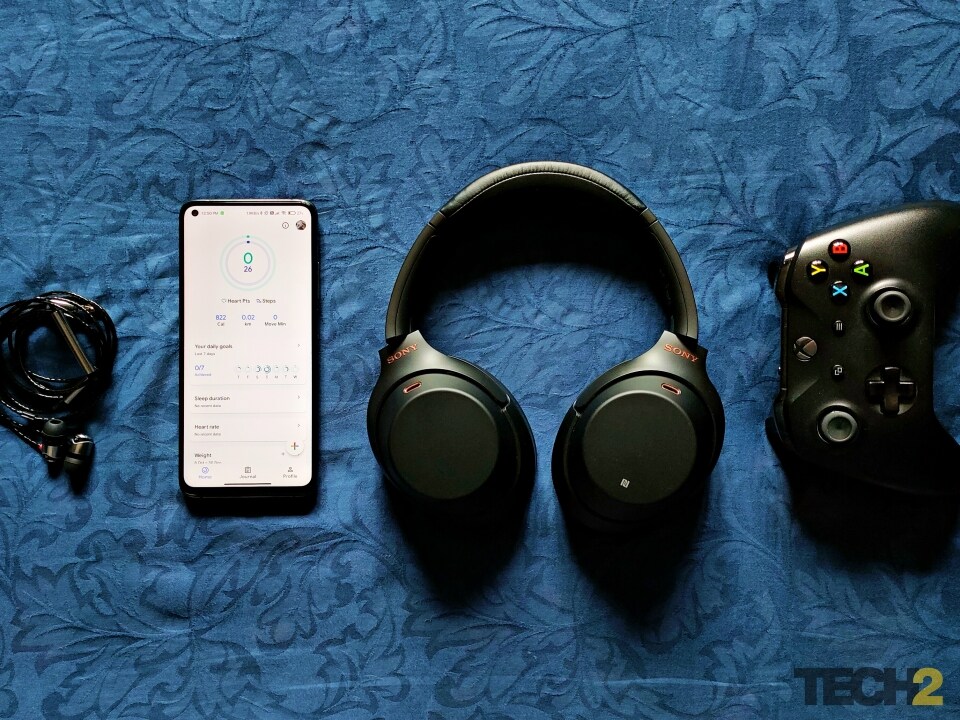
While I was stuck at home with my family of 9, I also had to figure out ways of isolating myself from them, because work goes on and you can feel a bit claustrophobic within the 4 walls of your apartment. Image: Tech2/Sheldon Pinto
My 4-year old nephew now knows the keyboard shortcuts to a Zoom call, because school. And my father and mother now know to use GPay, something they would have never ventured into had it not been for the pandemic.
And while I was stuck at home with my family of 9, I also had to figure out ways of isolating myself from them, because work goes on and you can feel a bit claustrophobic within the 4 walls of your apartment, especially when you’re stuck there for months.
To get work done, I needed to concentrate and focus. And no, I’m not the type of a person who can get work done with music playing in the background. I need my silence!
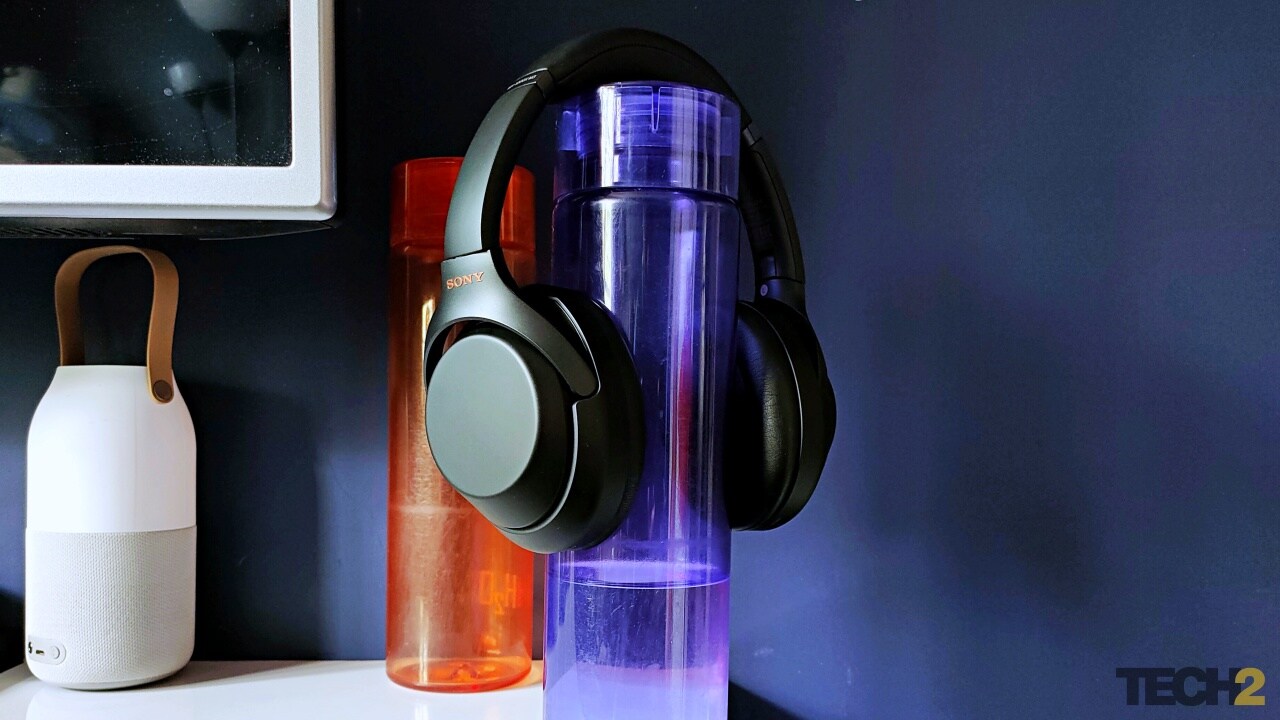
Sony WH1000 XM3. Image: Tech2/Sheldon Pinto
Living besides a main road in an apartment in Mumbai City means a lot of traffic noise (lockdown or not). That, alongwith the chaos of 3 other family members who are constantly chatting away on their respective work calls and 2 kids, translates to utter chaos in a 2 BHK apartment. In this chaotic household filled with noise, I was glad I had already purchased the Sony WH-1000XM3 headphones. While they did a fine job of letting me sleep peacefully on domestic and international flights (in non-COVID times), they also pumped out some really good audio. I am no audiophile, but I have used better audio gear over the years. Still, nothing quite beats the XM3s when it comes to noise cancellation, and I’m glad I had them with me during the lockdown.
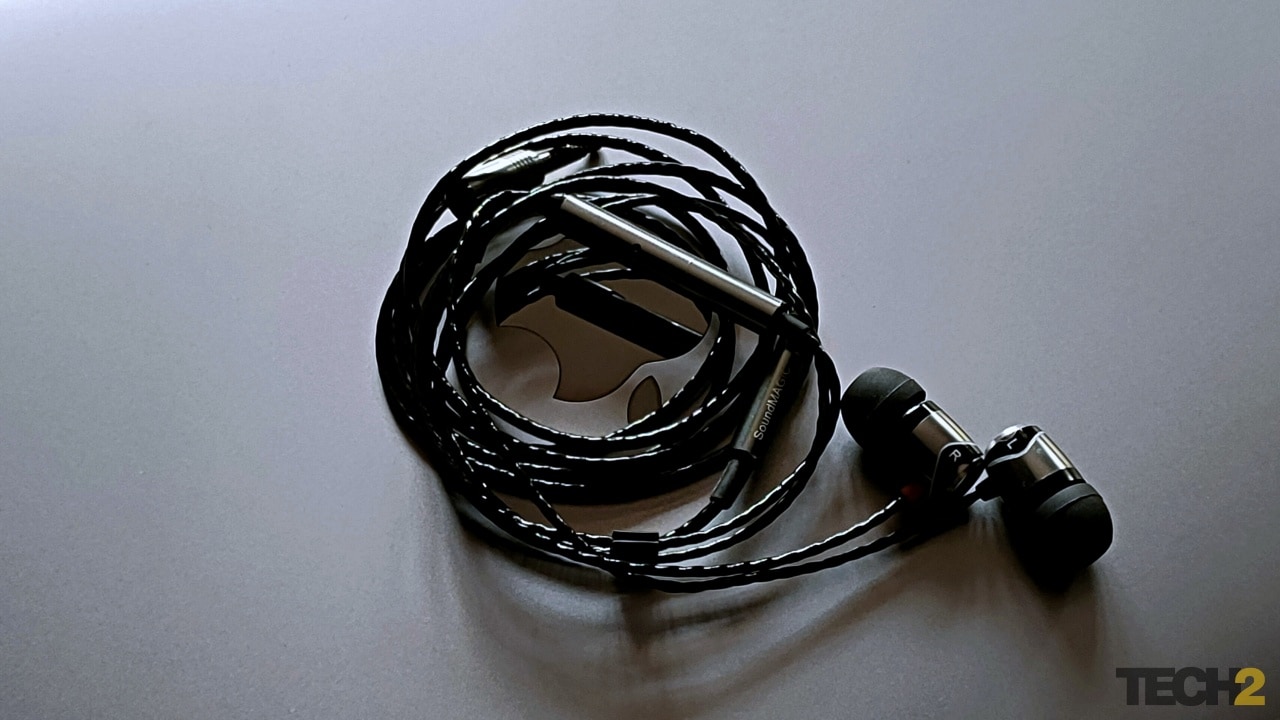
SoundMAGIC E10C. Image: Tech2/Sheldon Pinto
Another audio product that became oddly useful for another purpose were the SoundMAGIC E10C wired earphones. I originally purchased them to plug them into my Xbox controller for basic audio while playing games. But thanks to the lockdown, I found them extremely useful on work-related Zoom calls, as a wired mic beats a Bluetooth headset in terms of clarity and pickup. Apart from the Xbox controller and plugging them into my laptop, they also delivered pretty good audio for something that costs just Rs 1749.
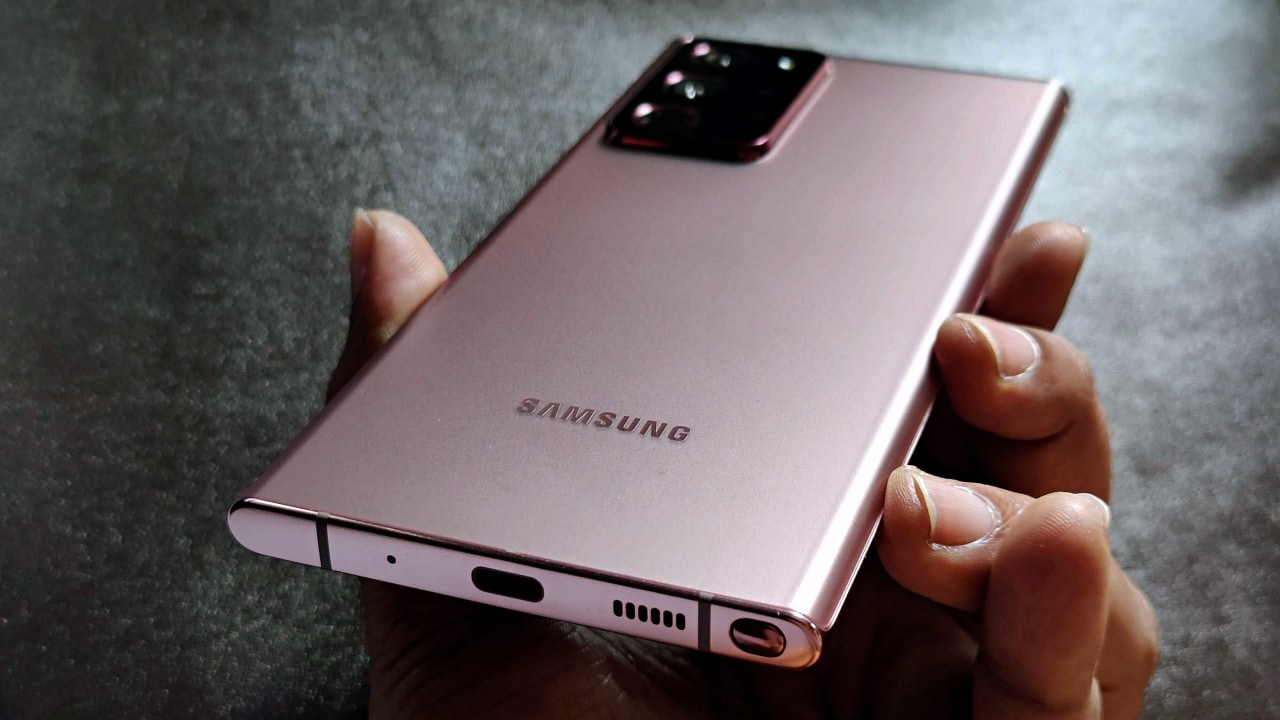
Samsung Galaxy S20 Ultra. Image: Tech2/Sheldon Pinto
One device I was lucky to have with me during the lockdown was the Samsung Galaxy Note 20 Ultra. Sent across for review, it was left behind for quite a while, long enough for me to drop it and crack the glass back (it still worked fine after the drop). While it came in for review, I ended up using it to shoot my product photos. I prefer using smartphones because I hate fidgeting with cameras for an image that’s going to be compressed for the web. It’s got a nice 108 MP sensor that really helps bring out the details no matter what you are shooting. The OIS-stabilised 5X optical zoom also came in really handy for the same. While it’s one of the more capable ultra-premium Android smartphones on the market, I’m still waiting for Samsung to introduce a Snapdragon variant of their flagships for the Indian market.
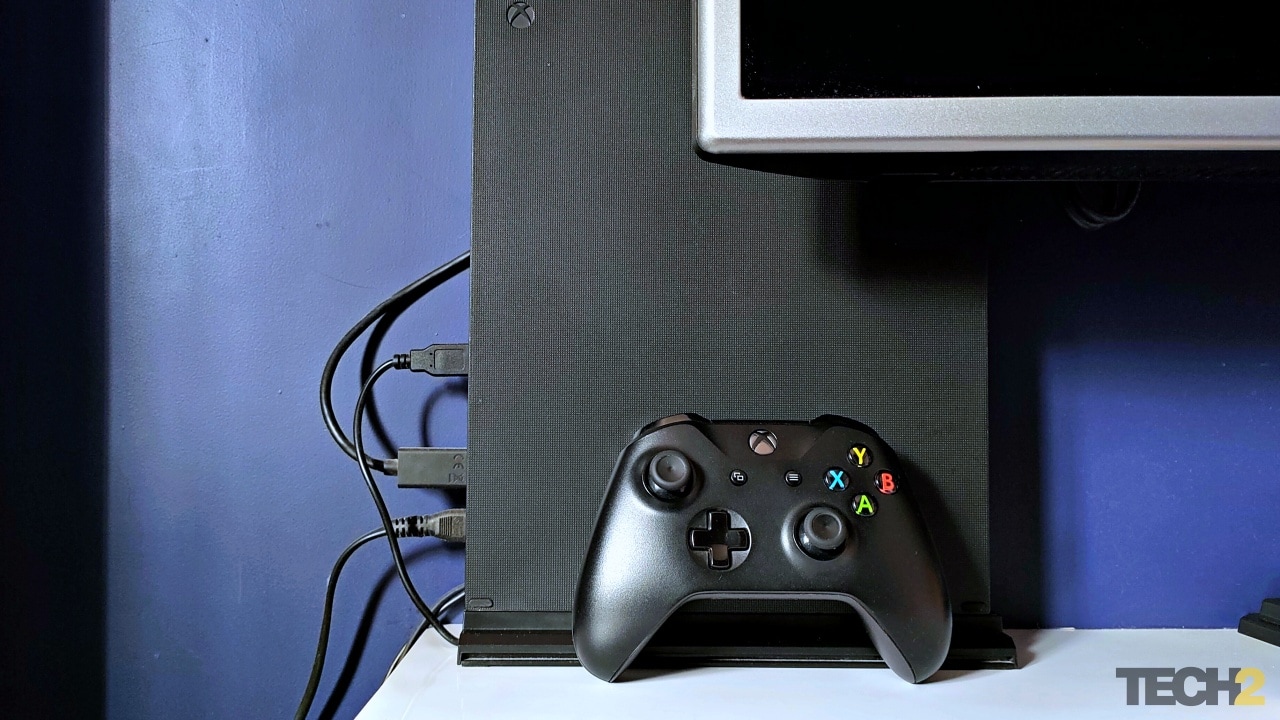
Microsoft Xbox One X. Image: Tech2/Sheldon Pinto
Moving to the lighter side of things, is my Xbox One X. I purchased the Xbox One X around December 2019 solely because I wanted to try it out after sticking to PlayStation and PC gaming during my college days. I decided to get an Xbox after selling off my brand-new Nintendo Switch that was an impromptu purchase, after giving into the hype and watching a lot of colleagues game on it for years. Long story short, I just did not like the fidgety digital sticks on the Switch.
I’m glad I had the Xbox console with me during the lockdown. The games transported me from the four walls of my bedroom to exploring the UK (in Forza Horizon 4), to the marshlands in Russia (with Mudrunner), to the US (The Crew 2) and to any race track I wanted with Assetto Corsa. Yes, I love racing and open-world games. They kept me distracted from the chaotic world around me not just in my home, but also the depressing Corona-related news. In short, it was a good outlet and I am glad I had it with me during those days.
Those who know me, will also know that I’m not a fitness person. But given my deteriorating posture during the lockdown, I had to take up some form of exercise. Once the norms relaxed a bit, I started going for brisk walks (you did not expect me to jog did you?). And given that it was the first time I started an exercise activity, I needed to track it. Since I’m not a normal human being who sticks around with 1 smartphone for a year (I switch between 4 in a month), I needed a tool that could track and save my data across device ecosystems.
So, I chose Google Fit as a way to track my daily activity. Without a WearOS-powered smartwatch, it’s a basic fitness tracking tool that keeps a tab of your activity using location tracking and the phone’s built in sensors. It won’t give you too many details about your activities without a supported fitness band or a watch, but it got me the basic stats I needed (to keep myself motivated) along with a bit of accuracy to keep track of my progress.
In short, tech kept me busy, isolated, motivated and sane during the lockdown. Digital detox can take a walk!





